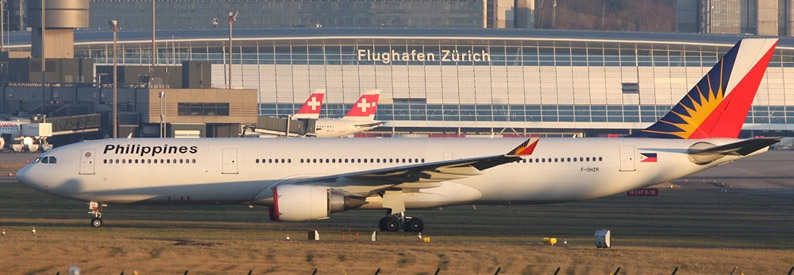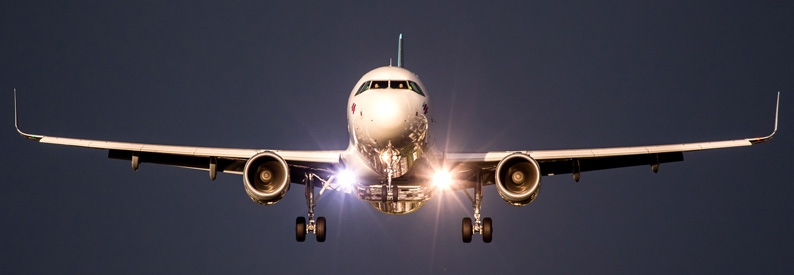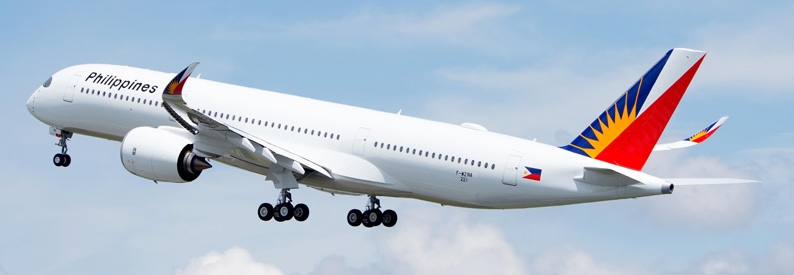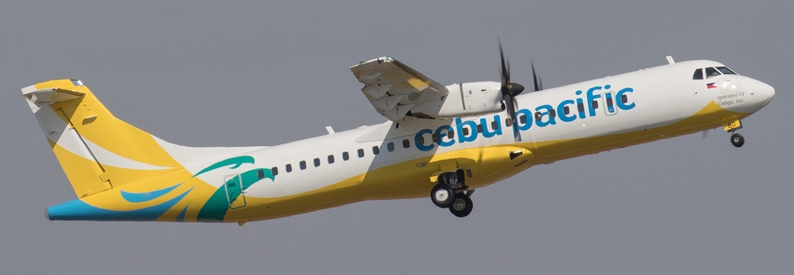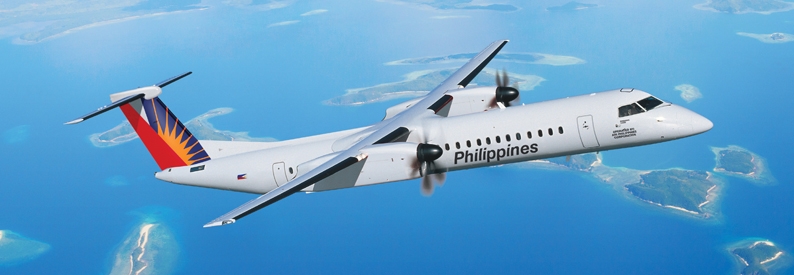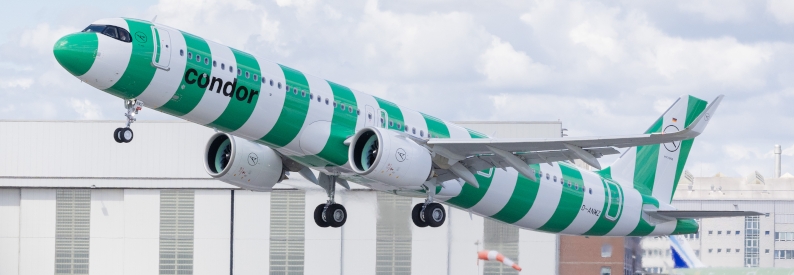A top executive at Philippine Airlines (PR, Manila Ninoy Aquino International) has called for the creation of a single, coordinated national airport master plan to prevent the country from falling further behind its regional peers in passenger and cargo traffic.
Speaking at the 2025 Philippine Aviation Summit, the airline's executive vice president and COO, Carlos Luis Fernandez, said that such a strategy was essential to optimise airport infrastructure and capitalise on Asia's aviation growth. He proposed a multifaceted master plan that would begin by streamlining operations at Manila Ninoy Aquino International through short-term efficiency upgrades, while defining its long-term role alongside Angeles City Clark International and the upcoming airport in nearby Bulacan. This is to ensure the airports complement rather than compete for passengers.
His proposed plan would also standardise secondary airports by coordinating runway extension investments, night-rating, and upgraded navigation aids.
“Every additional slot we open, every runway we extend, every hub we develop is more than infrastructure - it is opportunity,” Fernandez concluded, arguing that a coordinated approach would transform aviation into a primary driver of the Philippine economy.
Fernandez stressed that while the Philippines has nine designated international airports, its capacity significantly lags behind neighbouring countries. In the previous year, Philippine airports handled 60 million passengers, less than Indonesia's 156 million, Thailand's 119 million, Viet Nam's 109 million, Malaysia's 94 million, and Singapore's 68 million.
“A true hub is measured not just by how many flights it has, but by its efficiency, reliability, seamlessness, and resilience,” Fernandez stated. “Without this master plan, our airports will grow piecemeal, our connectivity will remain fragmented, and we will miss out on Asia's aviation boom.”
ch-aviation data show that in the week starting October 13, Manila offers the highest international seat capacity among Philippine gateways, with over 280,000 arrival seats or 81.6% of the national market, followed by Cebu with 10.8%, and Clark with 4.5%. Four other airports serve scheduled international flights, namely Panglao, Davao, Iloilo, and Caticlan.
The call comes amid notorious congestion at Manila, which has been struggling with insufficient terminal and runway capacity for years, and has had to serve more demand than its capacity allows.
Fernandez also pointed to the country's low air cargo volume, which stands at less than 700,000 tonnes annually, compared to 5 million tonnes from Hong Kong International alone.
- Type
- Base
- Aircraft
- Destinations
- Routes
- Daily Flights


